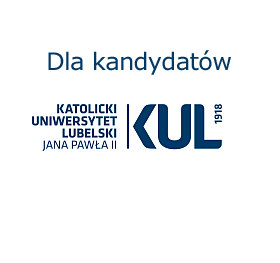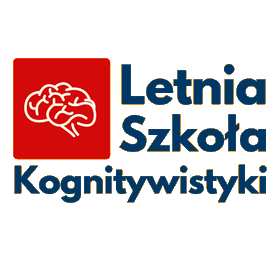Atomowa pamięć

Atomowa pamięć
W najnowszym numerze Nature czytamy
Scientists make single-atom memory from copper and chlorine
In 1960, U.S. physicist Richard Feynman famously predicted the coming age of nanotechnology in an essay entitled „There’s Plenty of Room at the Bottom.” Nowhere has this idea proven more powerful than in the realm of data storage, where by continually shrinking the size of bits of data, today’s computer hard disk drives now pack 10,000 times more information than those from just 15 years ago. Now, that march to the bottom may finally be nearing its end. In today’s issue of Nature Nanotechnology researchers report using a scanning tunneling microscope (STM) to store data at the atomic scale. To do so, they evaporated chlorine atoms atop a copper surface, which assembled themselves into a gridlike pattern with a small number of empty spots. The researchers then used the STM to move individual chlorine atoms around, encoding a series of 0s and 1s into a 12×12 array of rectangular blocks. By precisely controlling the dark spots—places missing a chlorine atom—the team encoded 160 words from Feynman’s “There’s Plenty of Room at the Bottom” lecture, among other writings. Although the process of reading and writing data with an STM remains too slow to make a useful data storage technology, it shows it’s possible to store as much as 500 terabits—or 62.5 terabytes—of data per 6.5 square centimeters, another 500 orders of magnitude better than today’s hard disk technology.
A kilobyte rewritable atomic memory
F. E. Kalff, M. P. Rebergen, E. Fahrenfort, J. Girovsky, R. Toskovic, J. L. Lado, J. Fernández-Rossier & A. F. Otte
Nature Nanotechnology (2016) doi:10.1038/nnano.2016.131
The advent of devices based on single dopants, such as the single-atom transistor1, the single-spin magnetometer2, 3 and the single-atom memory4, has motivated the quest for strategies that permit the control of matter with atomic precision. Manipulation of individual atoms by low-temperature scanning tunnelling microscopy5 provides ways to store data in atoms, encoded either into their charge state6, 7, magnetization state8, 9, 10 or lattice position11. A clear challenge now is the controlled integration of these individual functional atoms into extended, scalable atomic circuits. Here, we present a robust digital atomic-scale memory of up to 1 kilobyte (8,000 bits) using an array of individual surface vacancies in a chlorine-terminated Cu(100) surface. The memory can be read and rewritten automatically by means of atomic-scale markers and offers an areal density of 502 terabits per square inch, outperforming state-of-the-art hard disk drives by three orders of magnitude. Furthermore, the chlorine vacancies are found to be stable at temperatures up to 77 K, offering the potential for expanding large-scale atomic assembly towards ambient conditions.





